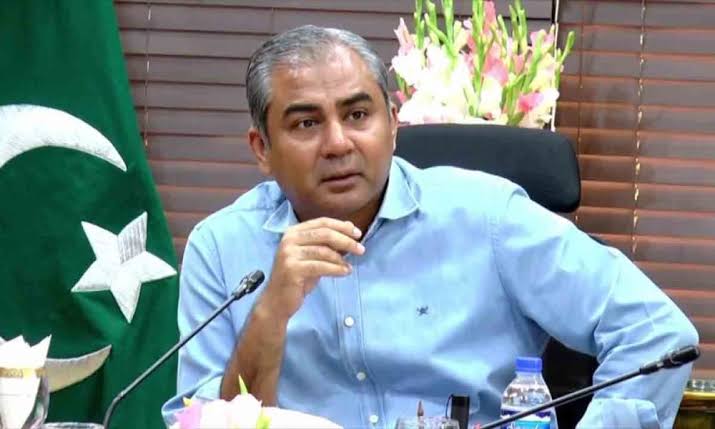
United Launch Alliance continues to make strides towards launching its first national security mission with its Vulcan rocket, but the exact timing of that launch remains uncertain.
The U.S. Space Force’s Space Systems Command is still in the process of certifying the rocket following its second test mission (Cert-2), which launched on Oct. 4 with an inert payload. Once that is complete, it will pave the way for Vulcan’s first flight under the National Security Space Launch (NSSL) program: USSF-106.
In a statement to Spaceflight Now on Oct. 24, Col. Doug Pentecost, SSC’s Deputy Program Executive Officer for Assured Access to Space (AATS) said the Space Force is still working through its analysis of the Cert-2 mission.
“The launch date for USSF-106 is still being determined, pending resolution of issues from the Cert-2 launch, and completion of the certification process,” Pentecost said. “Final approval to launch any NSSL mission includes a process to resolve data observations and data anomalies of the previous mission.”
During the first minute of the Cert-2 launch, the nozzle of one of the Northrop Grumman-built GEM 63XL solid rocket boosters broke away. That caused the Vulcan rocket to compensate for the reduce thrust.
Following the launch, Bruno said that the impact of the lost nozzle was “less than two percent of the total impulse” of the booster. He also stated that the mission saw an accurate orbital insertion of the Centaur 5 upper stage.
Regarding how the nozzle anomaly may impact the work to certify Vulcan for NSSL missions, Pentecost said that while SSC has its own investigation underway, that doesn’t need to be completely wrapped up in order to finish certifying the rocket.
“Within our certification process, we have the flexibility to certify with open work as long as we are satisfied that we are on a good path to resolution, or wait until we are completely satisfied the issues are resolved before we certify,” Pentecost explained. “We have kicked off an investigation into the SRB anomaly to understand root cause and corrective action.”
As of October 22, a ULA spokesperson said its investigation was also still ongoing.

That said, the certification of Vulcan may not be too far off now. Pentecost said they are essentially in the endgame of their work.
“We are in the final phase of the certification process, reviewing data from the final qualification test campaigns on Vulcan to solidify the technical baseline, and comparing Cert-2 data to analysis and modeling predictions,” Pentecost said. “The final approval for launch and certification of the baseline design are two separate processes.”
ULA’s first two missions for Vulcan following its certification are USSF-106 and USSF-87. The former will launch the Navigation Technology Satellite-3 (NTS-3) and another undisclosed payload for the U.S. Space Force.
USSF-87 meanwhile will send a pair of satellites for the Geosynchronous Space Situational Awareness Program to Geosynchronous Earth Orbit (GEO).
As it’s waiting for approval to proceed with USSF-106, ULA stacked both the Vulcan booster and the Centaur 5 upper stage inside the Vertical Integration Facility at Cape Canaveral Space Force Station.
The company also held a keel laying ceremony for the future R/S SpaceShip, the vessel that will help transport future Vulcan rockets from ULA’s manufacturing facilities in Decatur, Alabama, to Florida. The ship is expected to come into service in early 2026.
#ICYMI: Last week, we officially laid the keel for the future R/S SpaceShip, a new ship to transport #VulcanRockets! 🚀 @ulalaunch @BollingerShip @bhgi_1993 pic.twitter.com/IaAB5iuj8E
— Bollinger Shipyards (@BollingerShip) October 28, 2024
Note: This article have been indexed to our site. We do not claim legitimacy, ownership or copyright of any of the content above. To see the article at original source Click Here












